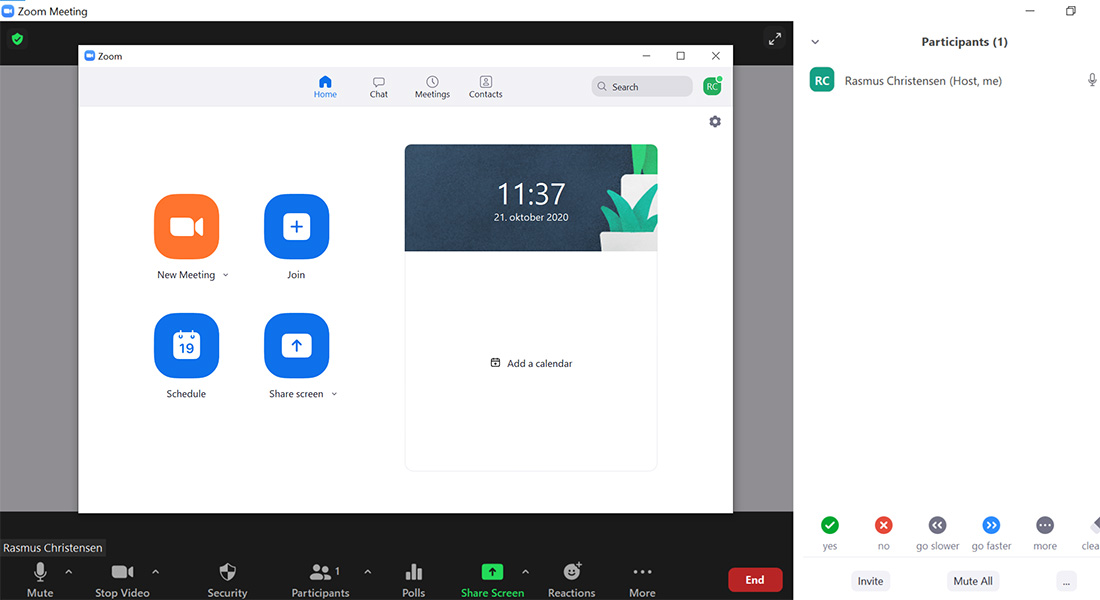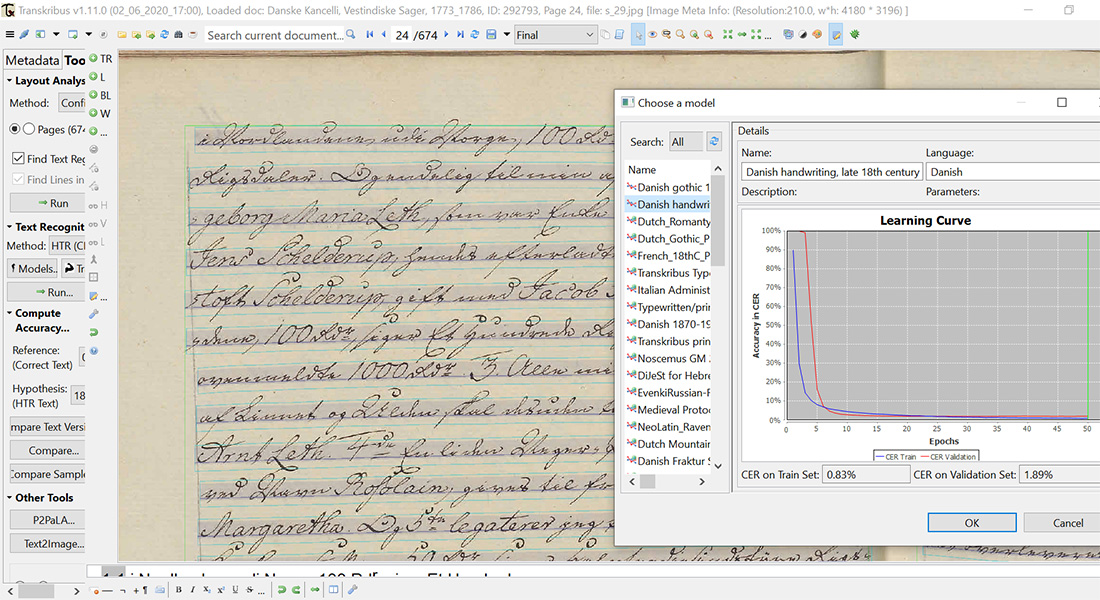IN THE SAME SEA: First steps
We welcome you to the newly launched homepage of IN THE SAME SEA, a research project about the Lesser Antilles, c. 1650-1850.
With the homepage, we also begin our blog. Here we will write about our everyday life in research, invite scholars to contribute, and present some of our results in a shorter – and hopefully – more lively form.
Beginning an international research project amid a pandemic is not ideal. Yet postponing the project launch was not an obvious solution. After all, when do we know that the corona pandemic has finally subsided? Vaccine development does not – as history shows – always result in useful and easily accessible vaccines.
Since September we have been busy. We are – at this point – Rasmus Christensen (Research assistant) and Gunvor Simonsen (Associate professor).

We held our first meeting with our advisory board – on Zoom. Thanks to you – Cécile, Natalie, Jessica, and Fredrik – for your advice on recruiting excellent researchers, including our discussions on how best to enable young researchers to prosper.
In addition, we have begun setting up the technical infrastructure of IN THE SAME SEA. This will enable the research team to work collaboratively as we gather evidence about how the islands of the Lesser Antilles were connected and how islanders of all possible ranks, enslaved Africans, free people of colour, and white elites, sought out resources on neighbouring islands across the sea.
Among our most exciting results so far, is our work with HTR (Handwritten Text Recognition). We have used the open source platform Transkribus (READ-COOP) to read late 18th-century Danish handwritten records concerning the Danish Caribbean. The result is a model trained on records from the Danish Chancery regarding West Indian Matter, 1773-1786.
The model is quite successful having a CER (Character Error Rate) of 1.89 %. This means that the model can read the handwritten records having below two characters wrong per every 100 characters. Thus, the machine-written text is both easy to read and searchable. We have trained the model on 67 manually transcribed pages and can now transcribe the rest of the specific records comprising 671 pages. We will continuously improve the model to read different types of handwriting.

